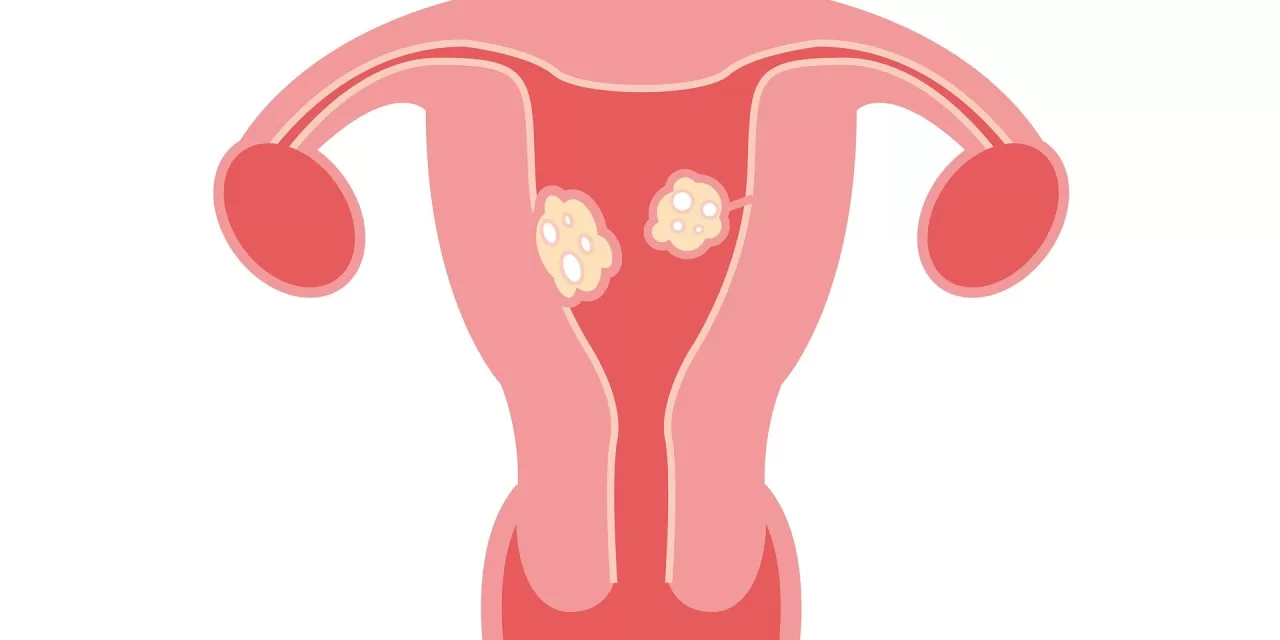Rochester, MN — A new clinical practice paper published in the New England Journal of Medicine is urging healthcare providers to consider minimally invasive treatments for uterine fibroids rather than opting for hysterectomy. Uterine fibroids, a common condition affecting up to 80% of women during their lifetime, are the leading cause of hysterectomies, often due to severe pain, anemia, and fertility issues. However, Mayo Clinic researchers, including Shannon Laughlin-Tommaso, M.D., argue that there are effective, less invasive options that not only preserve the uterus but also offer quicker recovery and fewer long-term health risks.
“Minimally invasive treatments allow women to recover more quickly and return to their normal activities faster,” says Dr. Laughlin-Tommaso, OB-GYN at Mayo Clinic and co-lead author of the paper. “Additionally, there is increasing evidence that keeping the uterus and ovaries provides significant health benefits.”
Recent research has shown that removing the uterus, even when the ovaries are spared, is linked to increased risks of cardiovascular disease, depression, anxiety, and a higher mortality rate. These risks are especially pronounced for women who undergo hysterectomy at a young age. Dr. Laughlin-Tommaso emphasizes that women considering a hysterectomy should be fully informed about these risks, as there are alternatives available.
A study highlighted in the paper found that nearly 60% of women who had a hysterectomy for fibroids had not explored less invasive treatment options first. Alternatives such as medical therapies, hormone-releasing IUDs, radiofrequency ablation, focused ultrasound ablation, and uterine artery embolization can all be effective treatments that allow women to preserve their uterus, offering long-term health benefits and a reduced risk of recurrence.
Early diagnosis is key to successful treatment. Fibroids tend to be smaller and less complex when detected early, making them easier to treat. The incidence of fibroids increases with age and is more common in Black women, who are also more likely to have more severe fibroid cases. Dr. Ebbie Stewart, Mayo Clinic gynecologist and co-lead author of the paper, emphasizes that early diagnosis and intervention could help reduce health disparities, particularly among Black women who have expressed a preference for minimally invasive treatments in surveys.
“Earlier diagnosis and treatment of uterine fibroids can help reduce this health disparity,” Dr. Stewart says.
Despite these advances, current screening practices for fibroids are often reactive, occurring only after symptoms develop or the fibroids become large. Pelvic ultrasounds are the primary diagnostic tool, but there is no consensus on which women should be screened, leaving many cases undiagnosed until later in life. The paper calls for further research to explore whether early screening, especially for younger women, particularly Black women or those with a family history of fibroids, could improve outcomes.
Hysterectomies have long been a go-to treatment for fibroids, partly because they simplify decision-making for both doctors and patients. As Dr. Laughlin-Tommaso explains, “For providers, a hysterectomy eliminates the need to decide which fibroids to treat or remove, and it’s universally available in OB-GYN practices.” The procedure has also been favored due to concerns about missing rare uterine cancers, such as leiomyosarcoma. Additionally, fibroids have a 50% chance of recurrence within five years, further complicating treatment options.
However, researchers point out that not all fibroids that recur will become symptomatic, especially as women approach menopause. As such, many women may benefit from alternative treatments that can manage symptoms effectively without resorting to a hysterectomy.
The Mayo Clinic researchers suggest that future studies should investigate the benefits of screening and treating fibroids earlier in life to better address long-term health risks and disparities in treatment outcomes.
For more information, the full study is available in the New England Journal of Medicine (2024).
References:
New England Journal of Medicine (2024)












